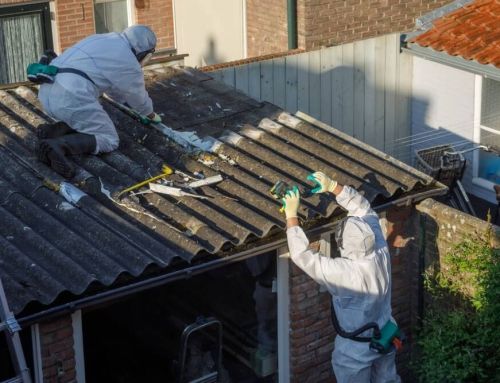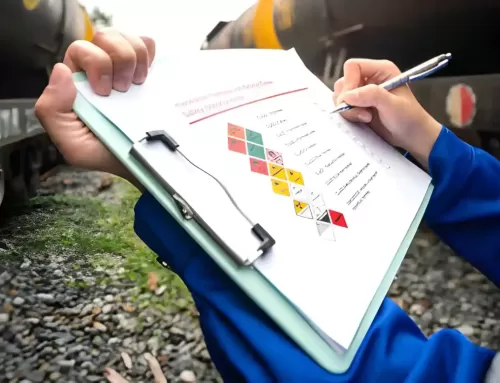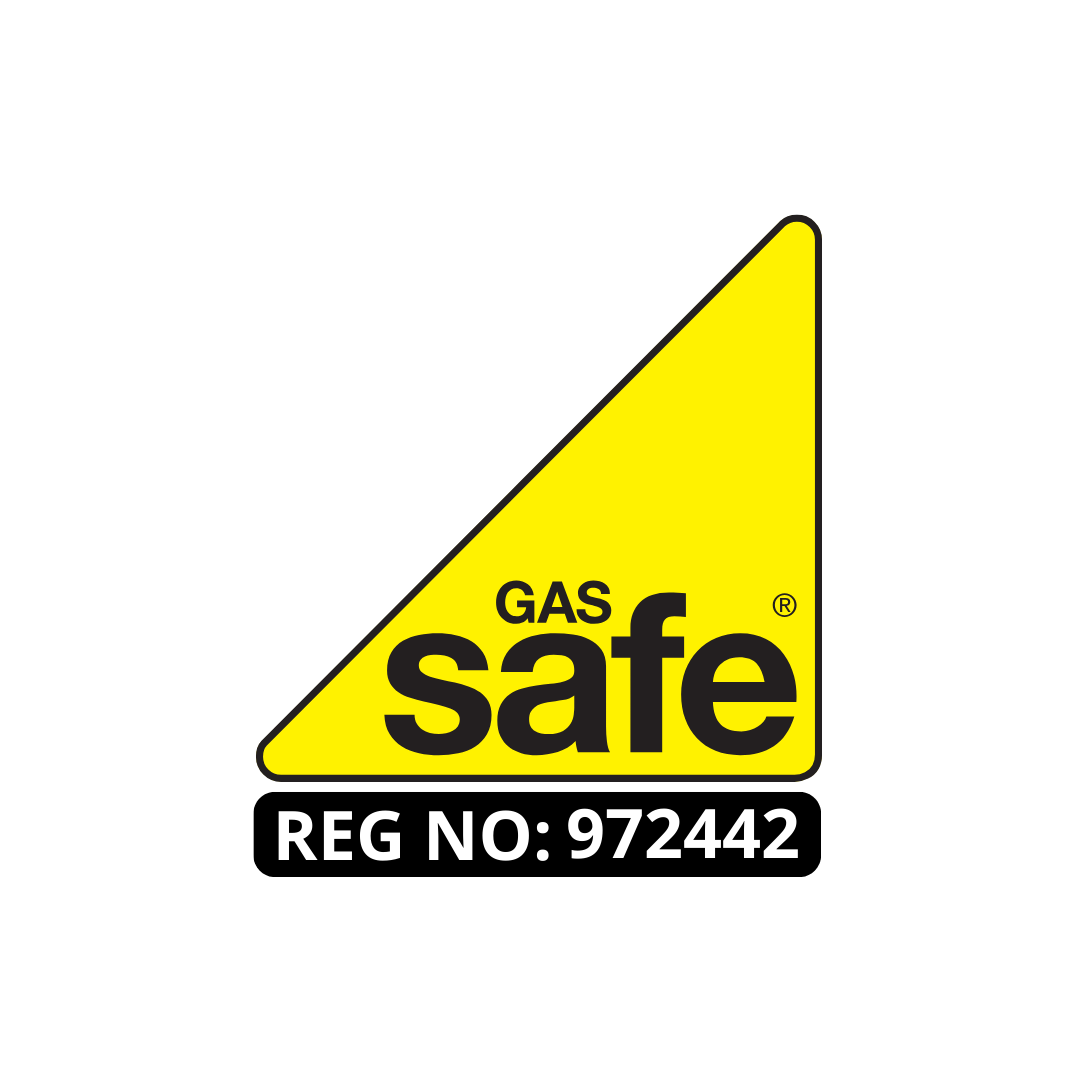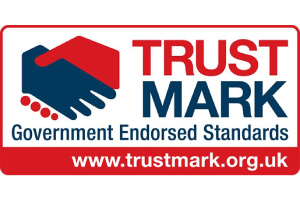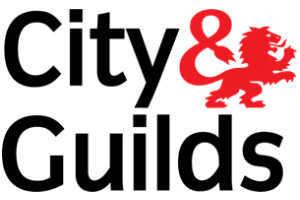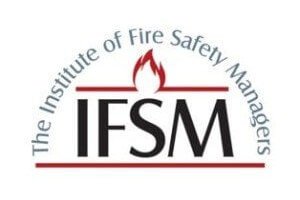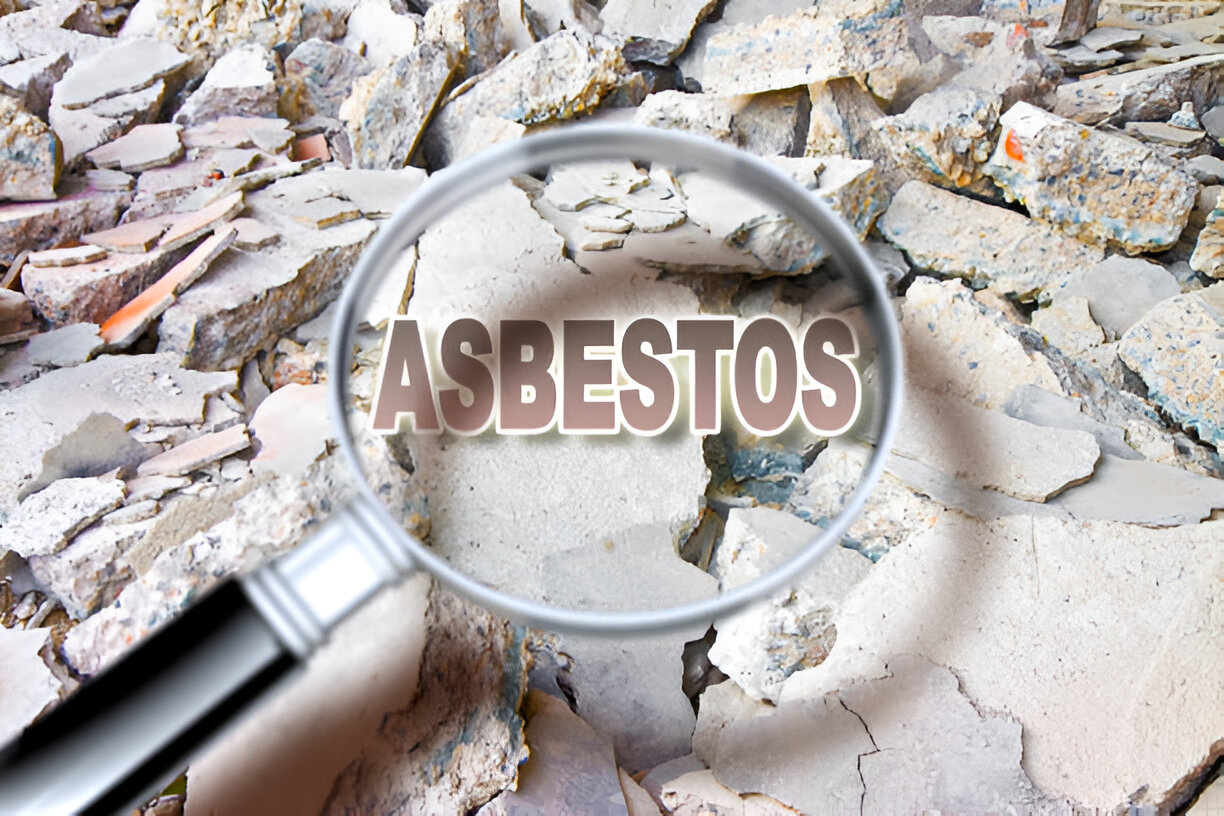
Wondering if your property needs an asbestos survey? It all depends on your building’s construction date and any upcoming renovation or demolition plans. Ensure safety and compliance by identifying potential asbestos risks before you begin. Let’s explore How Do I Know if I Need an Asbestos Survey?
Buildings erected before the widespread asbestos regulation in 2000 are particularly susceptible to containing these hazardous materials. Undertaking a survey is crucial not only for legal adherence but also for the paramount safety of building occupants and workers. What remains less known, however, is the specific type of survey required based on varying circumstances, a topic that merits a closer examination to ensure both compliance and safety are adequately addressed.
Understanding Asbestos Risks
Recognizing the risks associated with asbestos is crucial for ensuring the safety and compliance of any property built before 2000. Asbestos, once a popular construction material due to its heat resistance and insulation properties, has been linked to several serious health issues, including asbestosis, lung cancer, and mesothelioma. These health risks stem from inhaling asbestos fibers, which can become airborne during renovations, demolitions, or even routine maintenance.
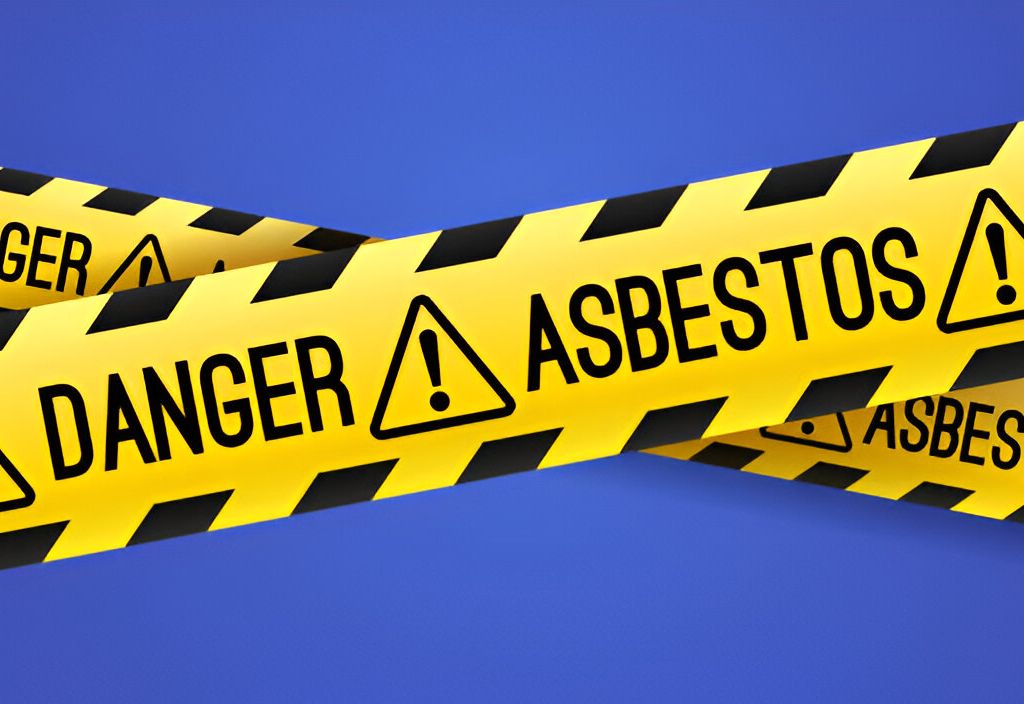
The presence of asbestos in older buildings is not only a health hazard but also a significant risk management issue that requires comprehensive understanding and expert handling. Buildings constructed or refurbished before the year 2000 may contain asbestos in various forms and products, such as roofing shingles, insulation materials, floor tiles, and cement products. Identifying and managing these materials responsibly is imperative to prevent health risks and legal repercussions.
Professionals involved in the management, renovation, or demolition of older properties must be equipped with the knowledge to identify asbestos-containing materials (ACMs). Proper training and adherence to safety protocols are essential to mitigate the risks associated with disturbing asbestos, ensuring both occupational and public safety.
Legal Requirements
Understanding the risks associated with asbestos underscores the importance of adhering to strict legal standards designed to protect public health and safety. Various countries have established comprehensive regulations requiring the identification, assessment, and management of asbestos in buildings, primarily to prevent asbestos-related diseases. These laws mandate that property owners, especially of commercial and public buildings, conduct asbestos surveys to ascertain the presence and condition of asbestos-containing materials (ACMs).
Property owners and managers need to be aware of their legal obligations to avoid penalties and ensure safety. Non-compliance can lead to significant fines and even criminal charges, emphasizing the critical nature of these surveys. Below is a table outlining key legal requirements across different jurisdictions:
| Country | Key Legal Requirement |
|---|---|
| USA | AHERA and NESHAP Standards |
| UK | Control of Asbestos Regulations 2012 |
| Australia | Code of Practice for the Management and Control of Asbestos |
| Canada | National Asbestos Inventory |
These regulations are not just bureaucratic formalities; they are vital measures designed to safeguard individuals from the harmful effects of asbestos exposure. Compliance ensures that all necessary steps are taken to manage and mitigate asbestos risks effectively.
Types of Asbestos Surveys
There are primarily two types of asbestos surveys, each tailored to specific circumstances and requirements within a building or renovation project.
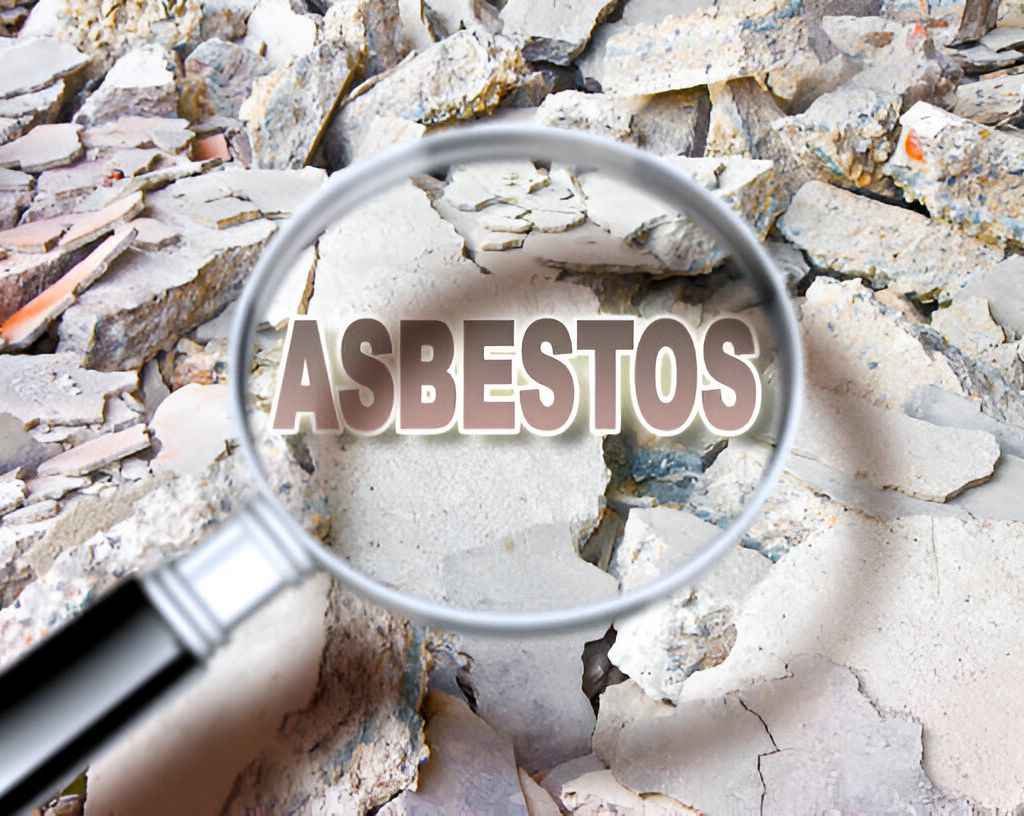
How Do I Know if I Need an Asbestos Survey?
The first, known as a Management Survey, is designed to locate the presence of asbestos-containing materials (ACMs) that could be disturbed or damaged during normal occupancy activities. This survey ensures that ACMs are properly managed, mitigating risks to occupants and facilitating compliance with health and safety regulations. It involves minor intrusions into the building and is pivotal for maintaining a safe environment in ongoing operations.
The second type is the Refurbishment/Demolition Survey, which is necessary when a building is subject to major refurbishments, renovations, or demolition.
This survey is more intrusive than the Management Survey and aims to locate all ACMs before any structural work begins. It ensures that no asbestos-containing materials are overlooked, thereby preventing hazardous exposure to workers and the public during construction activities. This type of survey is critical for planning safety measures and ensuring that all asbestos risks are managed from the outset of any project that alters the building structure.
Identifying Asbestos in Buildings
Identifying asbestos in buildings is a critical first step in managing and mitigating the risks associated with this hazardous material. Asbestos, a once-popular building material due to its insulation and fire-resistant properties, can still be found in various parts of older buildings. Common locations include insulation, floor tiles, ceiling tiles, pipe cement, and boiler insulation.

For accurate identification, visual examination is often insufficient. Materials suspected of containing asbestos require professional sampling and laboratory analysis to confirm their composition. This process involves meticulous sample collection to prevent contamination and ensure the safety of the building occupants and the environment.
Certified asbestos professionals, equipped with specialized training and equipment, are necessary to perform these tasks effectively.
The significance of identifying asbestos cannot be overstated, as it directly impacts the health and safety protocols that follow. Inhaling asbestos fibers can lead to serious health conditions, including asbestosis, lung cancer, and mesothelioma.
Therefore, early and precise detection is paramount to formulating an effective asbestos management plan, which ensures compliance with health regulations and safeguards public health.
Planning Property Renovations
When planning property renovations, it is crucial to consider the potential presence of asbestos, especially in buildings constructed before the year 2000. Asbestos, a once-popular building material, is known for its durability and fire resistance but poses significant health risks if disturbed.
Renovation projects, which often involve structural alterations and demolition, can inadvertently release asbestos fibers into the air, leading to serious health implications for occupants and workers.
Before commencing any renovation work, it is essential to determine whether asbestos-containing materials (ACM) are present in the building. This involves conducting a thorough asbestos survey, ideally a Refurbishment/Demolition survey, which is designed to locate and describe all ACMs before any structural work begins.
Such surveys must be carried out by certified professionals who can identify asbestos accurately and advise on the necessary precautions or removal procedures.
Understanding the locations, conditions, and types of asbestos within a property not only aids in planning safe renovation practices but also helps in prioritizing areas that require immediate attention.
This proactive approach ensures that renovation efforts are both safe and compliant with current health and safety regulations, thereby safeguarding the well-being of all involved.
Ensuring Safety and Compliance
Recognizing the potential for asbestos exposure during property renovations underscores the need for stringent safety measures and adherence to compliance standards. Ensuring the safety of occupants and workers should be the foremost priority for property managers and developers when dealing with buildings that predate 2000.
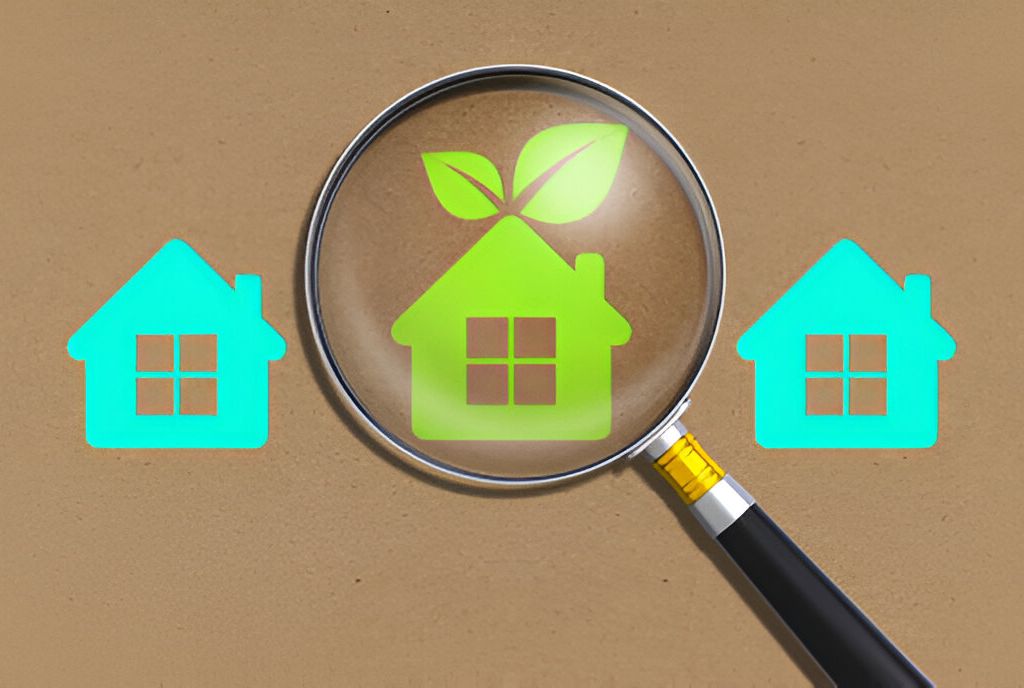
Compliance with the Control of Asbestos Regulations (CAR) 2012 is not merely a legal obligation but a moral imperative to prevent health risks associated with asbestos fibers.
A comprehensive asbestos survey is the critical first step in identifying the presence and condition of asbestos-containing materials (ACM). This survey should be conducted by certified professionals who can offer detailed assessments and recommend the necessary actions to manage or remove the ACM safely.
Following the survey, a robust management plan must be developed. This plan should outline procedures for regular monitoring, maintenance, or removal of asbestos as well as training for staff on asbestos awareness and handling.
Adhering to these steps not only ensures compliance with national safety regulations but also secures a safe working and living environment.
Failure to comply can lead to severe legal consequences and health risks, highlighting the importance of taking proactive and informed actions in asbestos management.
Conclusion
In conclusion, determining the necessity of an asbestos survey hinges on the building’s age, planned renovations, and adherence to legal mandates. Such surveys are crucial for identifying asbestos-containing materials, ensuring compliance with safety regulations, and safeguarding public health. Property owners should engage professionals to conduct these surveys, thereby mitigating health risks associated with asbestos exposure and facilitating informed decisions regarding property management and renovation projects, ultimately maintaining a safe environment for all occupants and workers.
For more information about Asbestos Survey visit our page.


